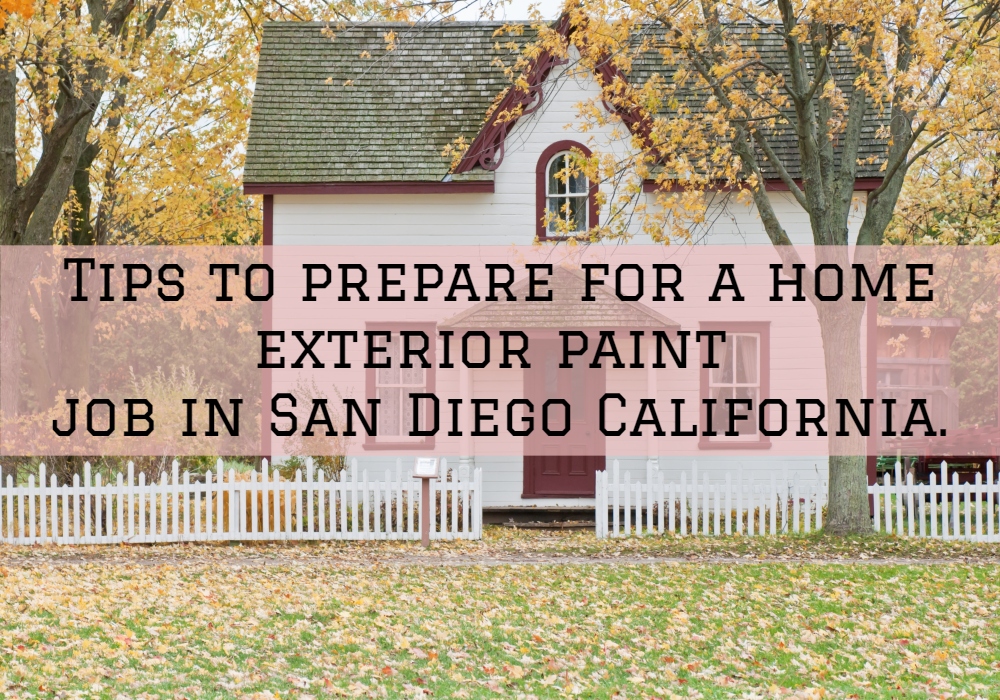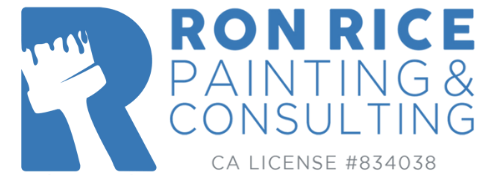
If you’re tired of seeing the same old, chipped and chalked paint on your home San Diego California, it’s probably time you did an exterior repaint. While the idea of changing your home’s look is exciting, it can be quite challenging when you get down to business, especially if you’re taking the DIY route.
Having said that, here are tips to assist you to prepare your home’s exterior for painting.
1. Washing the Exterior
Most homeowners forget to regularly maintain the exterior of their homes. The walls, in particular, are often neglected. If you’re planning to do an exterior paint job, you’ll need to do a thorough inspection of your home’s exterior. This is especially important if you live in dusty or cold areas where walls could be significantly affected. This will give you a good idea of where to focus your cleaning efforts most for the best outcome.
Whether your wall looks generally clean or not, you should consider washing your house exterior all around, from top to bottom. This will help you to remove all sorts of dust, mold, and stains that may have accumulated over the years on your walls. You can use additives for severe stains. Leave your home to dry before moving to the next step.
2. Scraping and Sanding
The real bulk of the job in exterior painting is surface preparation. But the most difficult is scrapping and sanding. If you’re working on a painted surface, you’ll need to scrap paints and sand the edges carefully as well as the flushes. This is a tiresome and tedious process, but it’s an important part of the painting process. Painting over old paint can result in new paint peeling off. Additionally, avoiding sanding will leave unsightly areas on your house.
3. Making Repairs and Filling
After scraping and sanding your exterior walls, you’ll get areas that have become damaged and uncovered. The cause of damage might be regular wear and tear, weather damage, insect activities or rotten areas depending on what type of wall you have. Consider making the repairs. Also, fill small holes that are left uncovered after scraping.
4. Tape or Remove Around Obstacles
There are many things in your home you’ll want to avoid painting. These include utility heads, hose pipes, racks, and outlet boxes. You don’t want to end up painting items in your homes that you were not supposed to in the first place. You’ll need either to remove them completely during the exterior paint preparation process or tape them around. By doing this, you will make your workflow smooth and maintain your momentum while painting.
5. Applying Primer First
Primmer is recommended in almost all painting projects – whether it’s old wood, bare metal, previously painted wall or house. Apply primer in any exposed or bare areas in your home exterior. This will help to seal bare wood and create a tight barrier between your new paint job and the house. It will also provide an even base for new paint coats to attach to. Gaps in joints, windows, doors, and other spots will be visible, showing where to fill in caulk.
6. Caulking all the Joints
After cleaning and repairing your exterior surfaces, you have to caulk before applying paint. The caulks appear between vertical junctions or clapboards. They appear much better after priming. Caulking all the joints gives your paint job a clean, smooth and pleasing look. Tight joints help to block water penetration and prevent air leakage. Avoid caulking gaps that are supposed to be used for ventilation.
7. Test Swatch of the Paint
It’s recommended that before committing to any color, you should do a test. You may get a different look on swatches vs the wall. It may also look different from room to room depending on the lighting. Before finishing your home exterior preparations, put some test swatch of paint on a wall. Make sure it matches the color you want and picked for the job.
It’s worse getting halfway across a house then realize you have been painting the wall with the wrong paint color. If you want to skip all the hassle pertaining to exterior home preparation and painting, give us a call and we will be glad help.
